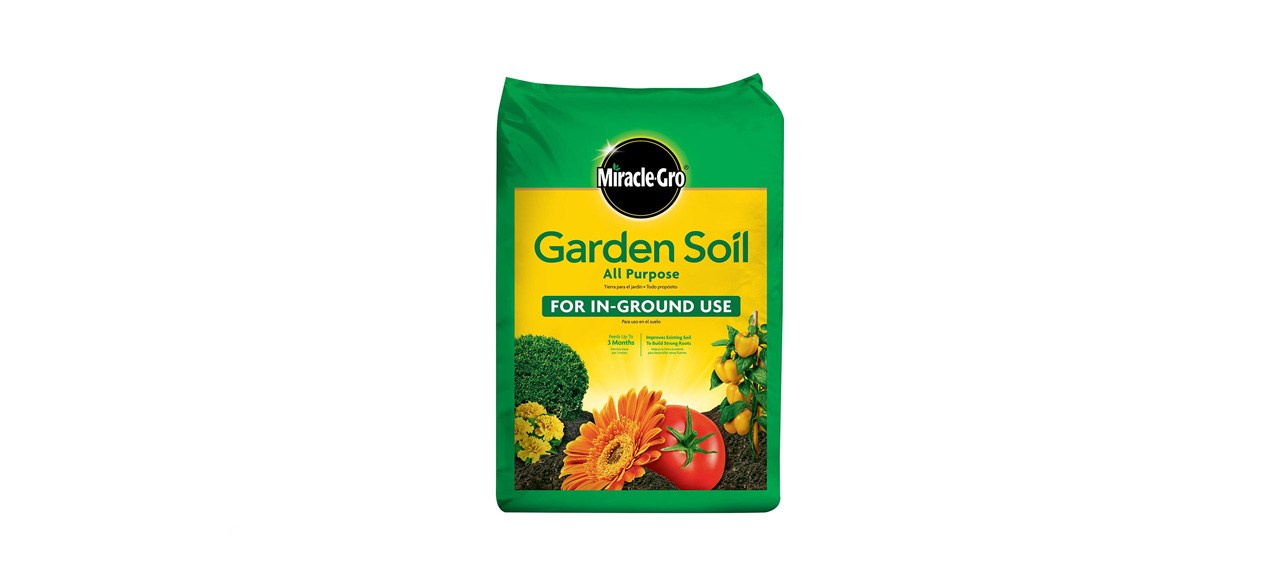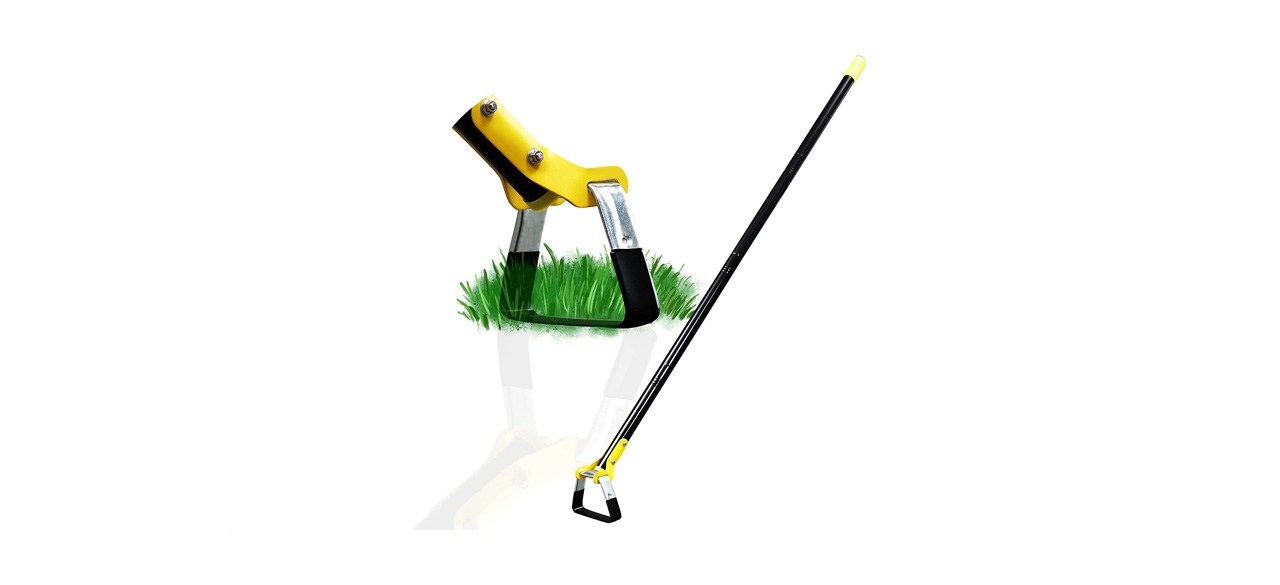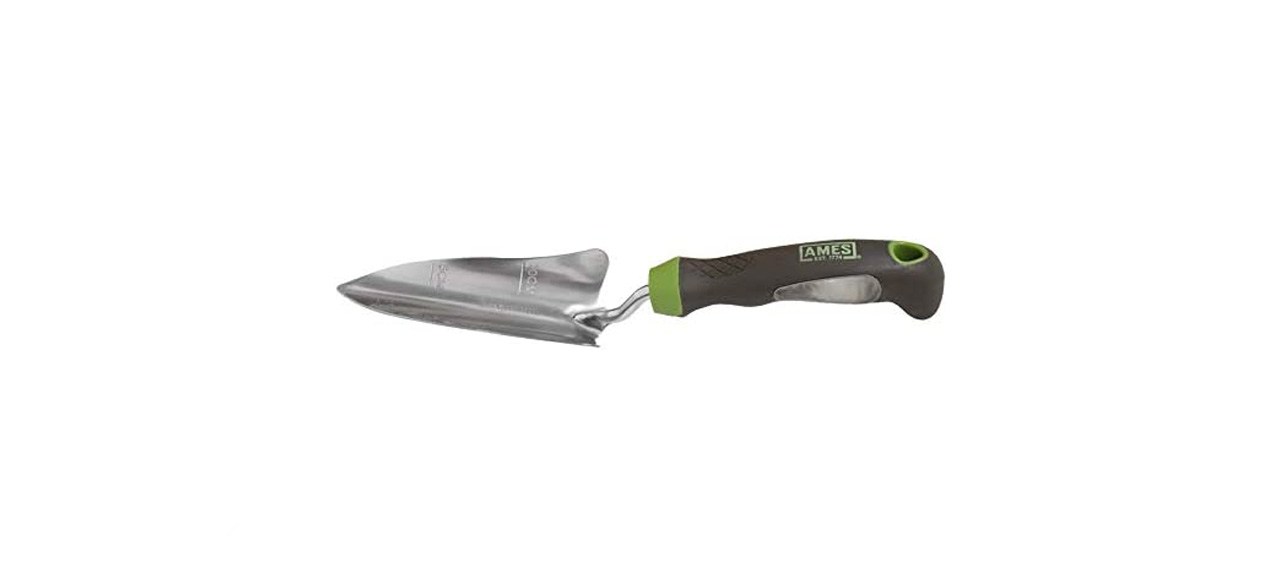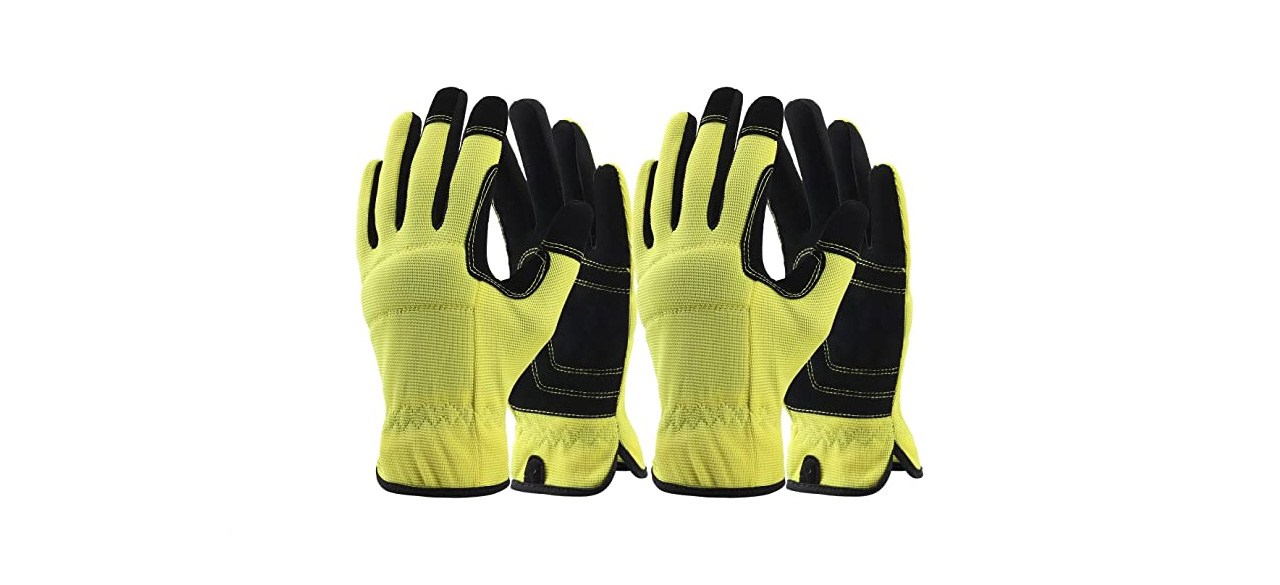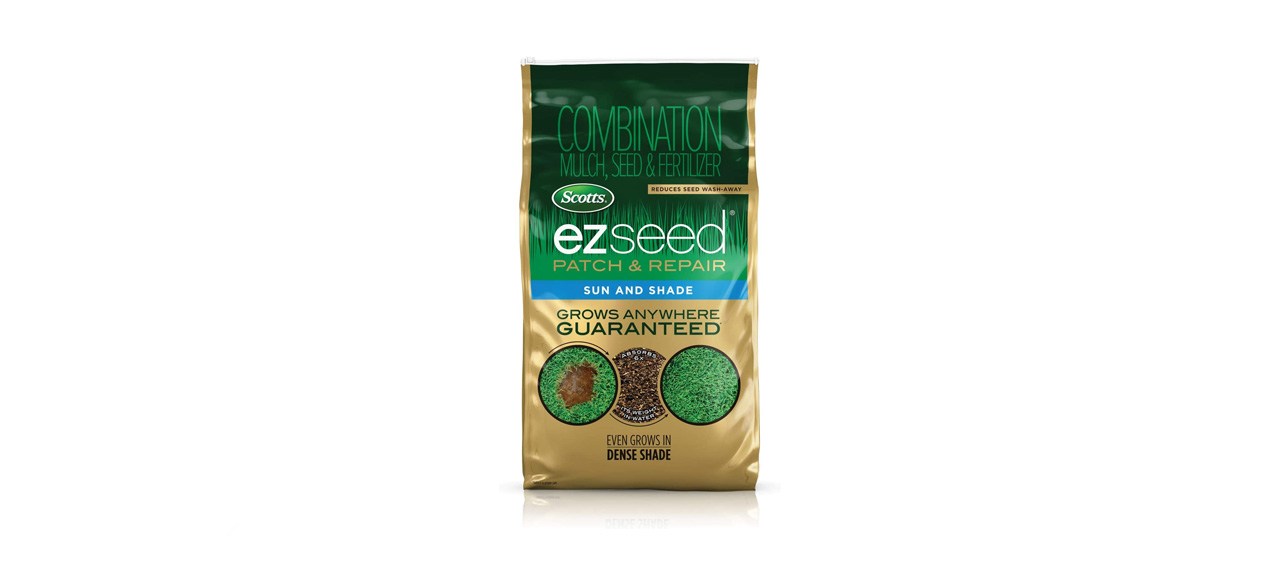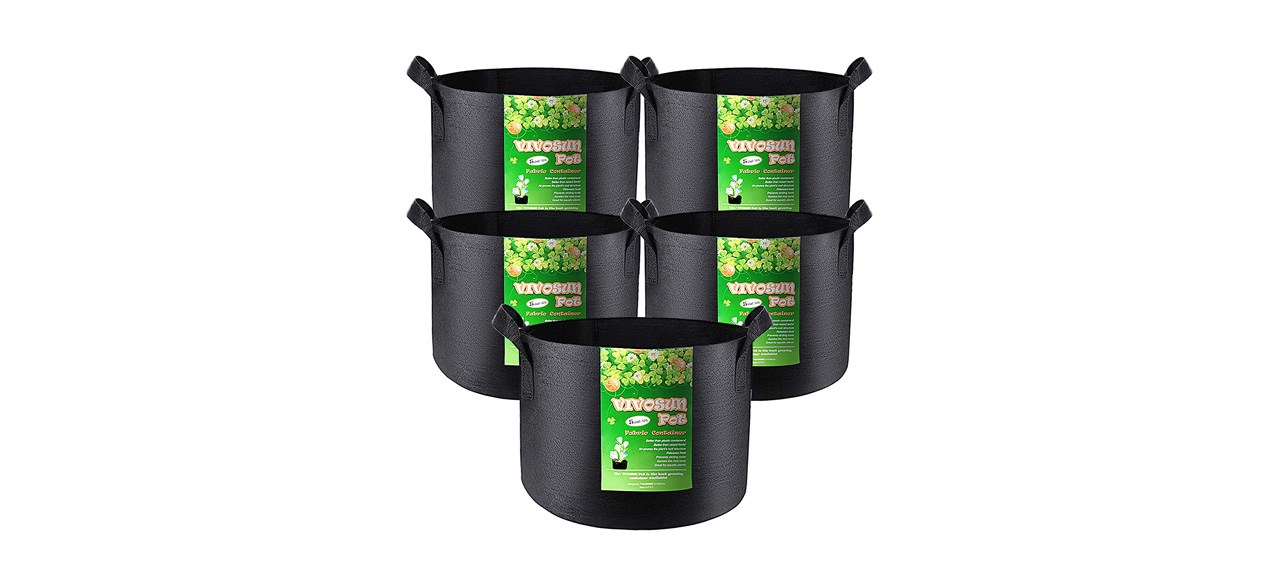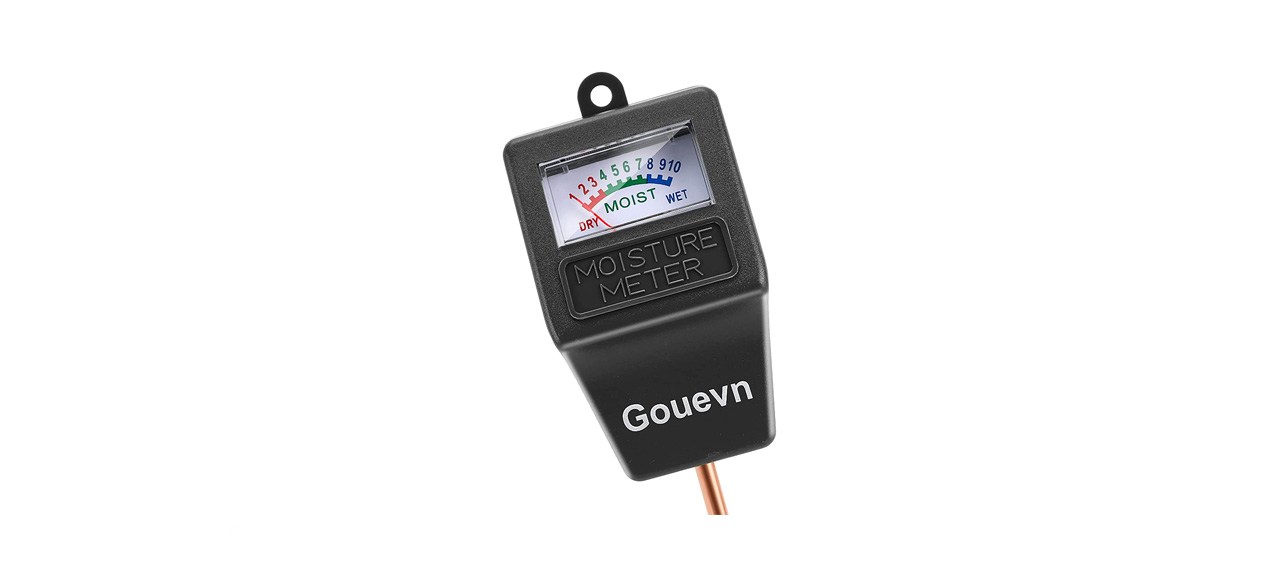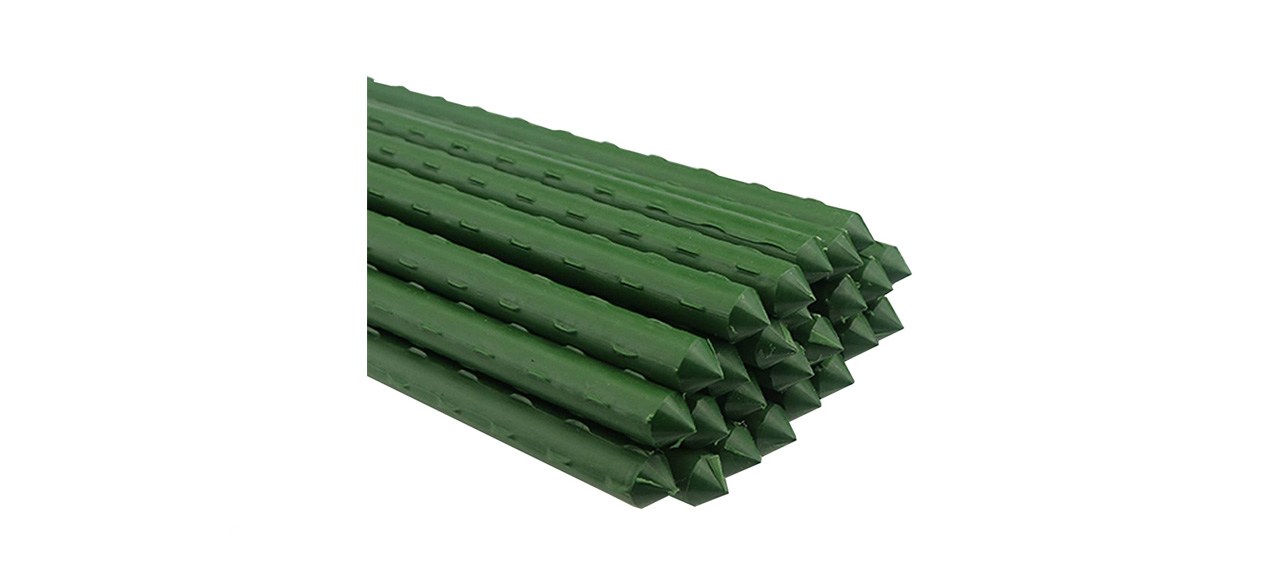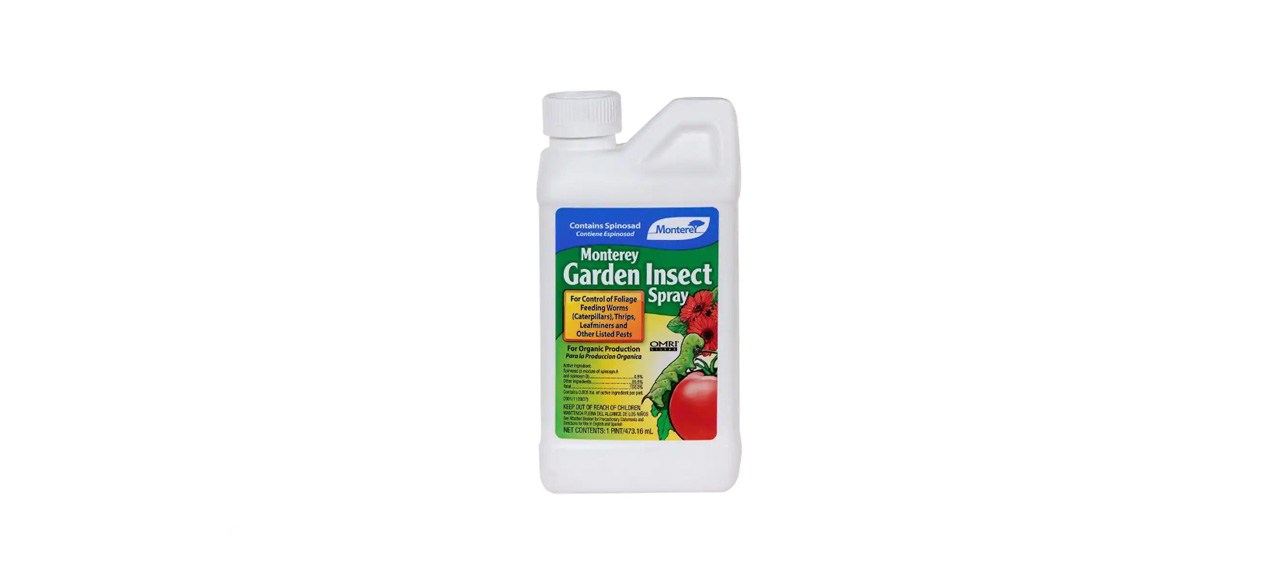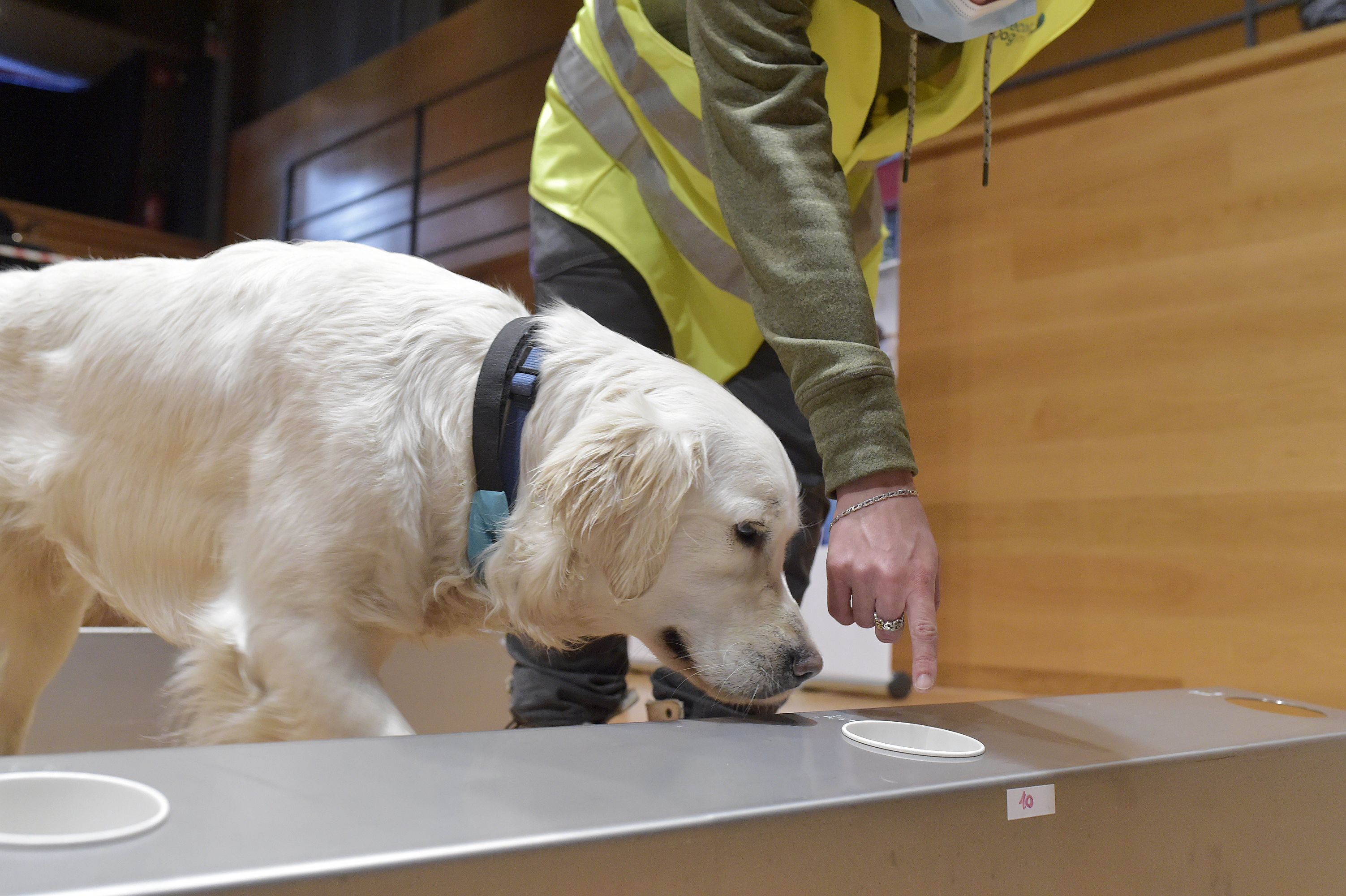How to start a vegetable garden from scratch
IN THIS ARTICLE:
Whether trying to find a new hobby, looking to spend more time outdoors or wanting to create your own supply of fruits, herbs and vegetables, gardening is a beneficial and fun activity for people of all ages. Gardening is something that anyone can do because it’s easy to get started with minimal tools and only a small amount of space.
In the long run, a well-functioning and properly maintained garden can help you cut down on the cost of food. Even those just getting started can benefit, for a simple $5 investment can yield $30 worth of vegetables over the duration of a season. And the taste and quality of the produce you grow in your garden can be better than that commonly found in the grocery store.
Gardening may be simple, but it’s still a skill that requires knowledge and a deft touch, so you want to learn the basics before investing money and time. There is a process you want to follow to help ensure the best results.
Vegetable garden location
Much of the success of your garden depends on your location, and there are multiple factors to consider when selecting a plot of land to plant your crops.
Accessibility
You want to find a location that you can easily access and watch over. Ideally, you want your garden to be in a location that you walk by every day, so you can’t help but check on your crops.
Sunlight
Make sure that the plot of land you select receives enough sunlight throughout the day. Photosynthesis is the process that turns sunlight into glucose. That creates cellulose and starch. Plants require sunlight to survive. For frame of reference, quick-growing vegetable gardens require between six and eight hours of sunlight per day.
Water
Water is another necessity that your crops will need to survive, so you want to make sure that your garden is near an easily accessible water source. A handheld watering can will only last you so long, so an investment in a hose and spray nozzle will be much more effective for larger gardens. It will also cut down on your maintenance time.
Size
Start small. Most first-time gardeners feel comfortable with a garden that is 10×10. However, size is relative because a well-maintained 10×10 garden can still produce more quality crops than a much larger garden that is not properly cared for.
Selecting the proper soil
Soil provides the nutrients needed for your garden to thrive. Soil should be easy to dig and allow for proper drainage so water can reach the roots of the plants. You want the soil to be rich and dark. It should crumble in your fingers. You want to avoid clay soils, as they are too densely packed. They don’t retain moisture or allow pockets of air needed for vegetable roots.
If your gardening area doesn’t have healthy soil, higher-quality soil should be purchased. Additional soil amendments, such as compost leaf mold or well-aged manure, can help create the healthy ecosystem necessary for your plants to thrive.
Selecting your vegetables
Certain plants grow better in certain areas. If any neighbors have gardens, they most likely have similar soil and weather conditions, so learning what crops they plant can give you an idea of what crops work well in your area.
Start with five of your favorite vegetables and learn how much they each produce. For example, tomatoes, squash and peppers will continue to flourish throughout the season, while vegetables like corn and carrots produce only one crop.
Vegetable garden tools
Hoe
To prepare your soil and weed your garden, a durable garden hoe is a must-have.
Rake
If you don’t want to get your hands dirty, a garden rake allows you to level your soil, clear leaves and cover new seedlings.
Trowel
When transplanting crops, a steel blade garden trowel is your best bet. Find one with a sturdy handle that fits comfortably in your hand.
Gloves
Every gardener should have at least one pair of gloves to protect their hands. It would be in your best interest to have both a light-weight cotton pair of gloves and a light-duty pair of gardening gloves depending on the job required.
How to start a small vegetable garden
Planting from seeds
Before you do anything to your garden, lay your mulch. This will help to prevent weeds and save you work down the road. Plan to plant your vegetable garden from north to south so it can obtain maximum sun exposure. When ready, push the mulch away and plant your seeds.
Popular types of vegetables to plant from seeds include lettuce, carrots, Swiss chard, pumpkins and cucumbers.
Transplant planting
You may begin by growing your veggies in containers before transferring them to your garden once they have started to develop. This allows you to give them more care and attention in a controlled environment. It’s a good practice to shake up the root systems of these plants before transferring them into the garden to shock the system into quick growth.
Popular types of vegetables that benefit from transplant planting are tomatoes, peppers, broccoli and artichokes.
Maintaining your garden
Mulch will help limit how much you need to water your crops, but watering more thoroughly and less often, especially when the vegetables are starting to grow, is imperative to health. When in doubt, test your water levels to ensure your garden is getting the right amount of water.
Pulling weeds when your plants are young will reduce weed growth over time.
Utilize supports and stakes to help vegetables like tomatoes and beans grow tall.
Bugs and diseases can cause major problems for your veggies. For edible plants, use only insect spray that is labeled safe. And to prevent small animals from feasting on your crops, you can layout fencing and netting to protect your garden.
Want to shop the best products at the best prices? Check out Daily Deals from BestReviews.
Sign up here to receive the BestReviews weekly newsletter for useful advice on new products and noteworthy deals.
Ryan Dempsey writes for BestReviews. BestReviews has helped millions of consumers simplify their purchasing decisions, saving them time and money.
Copyright 2023 BestReviews, a Nexstar company. All rights reserved.


